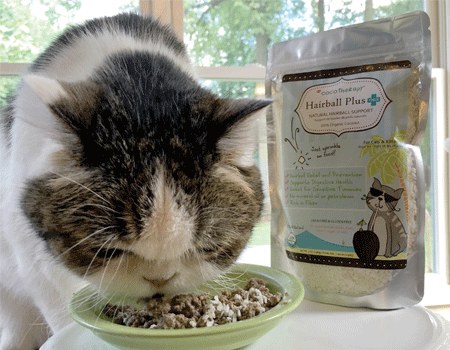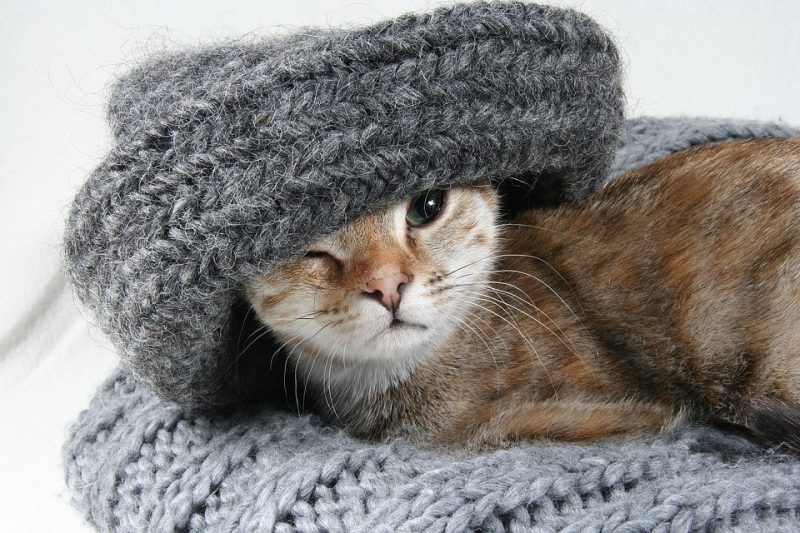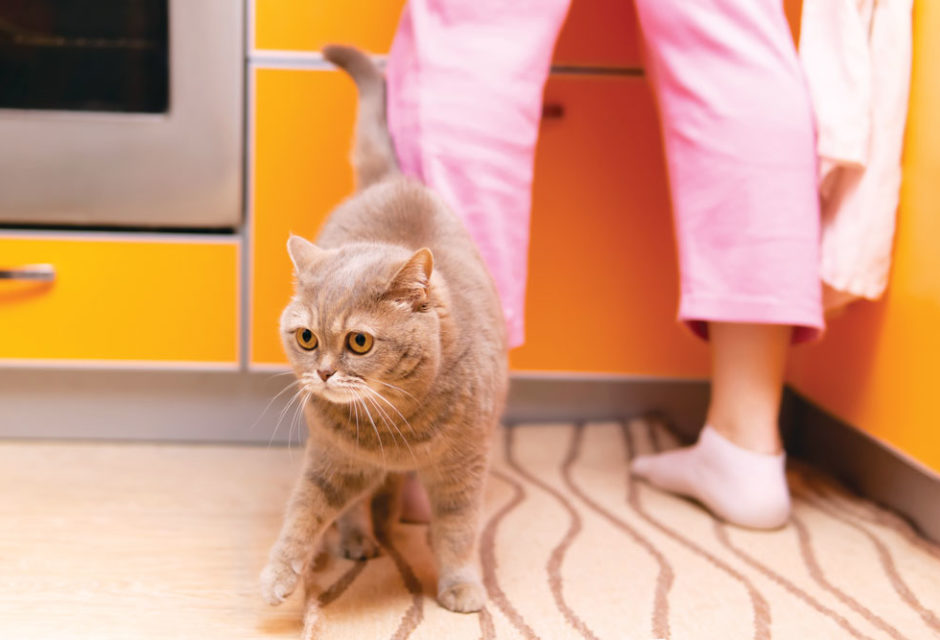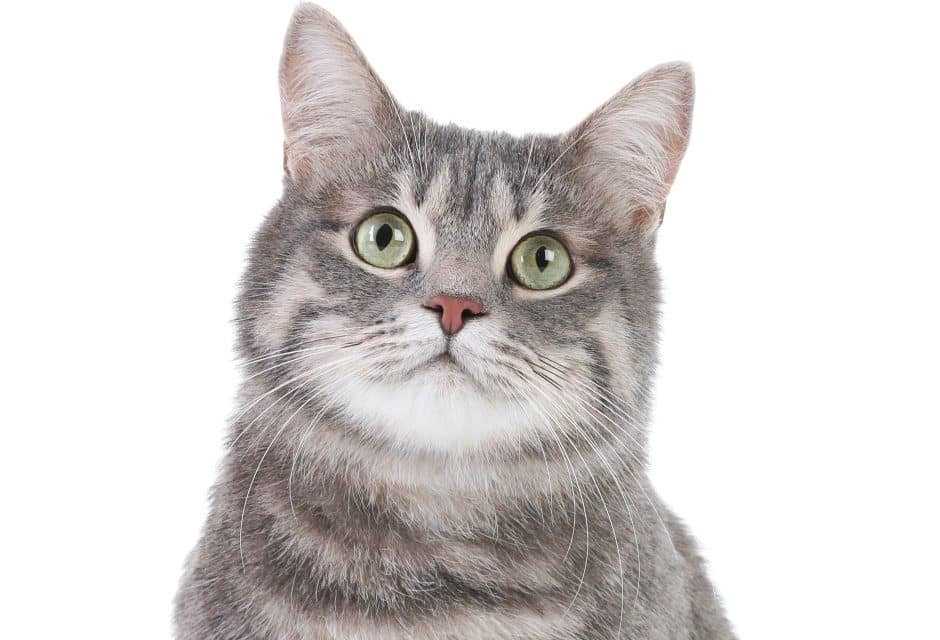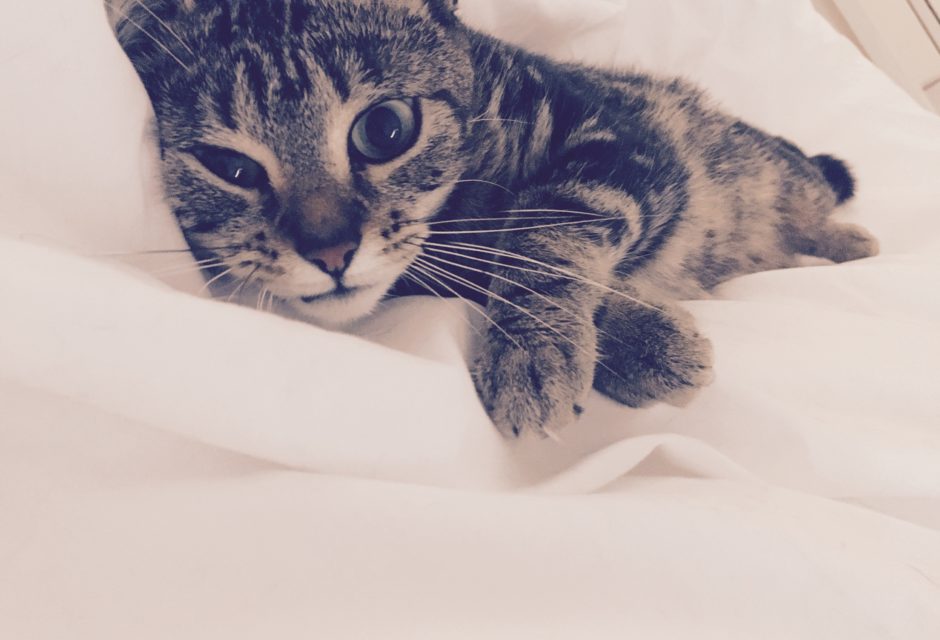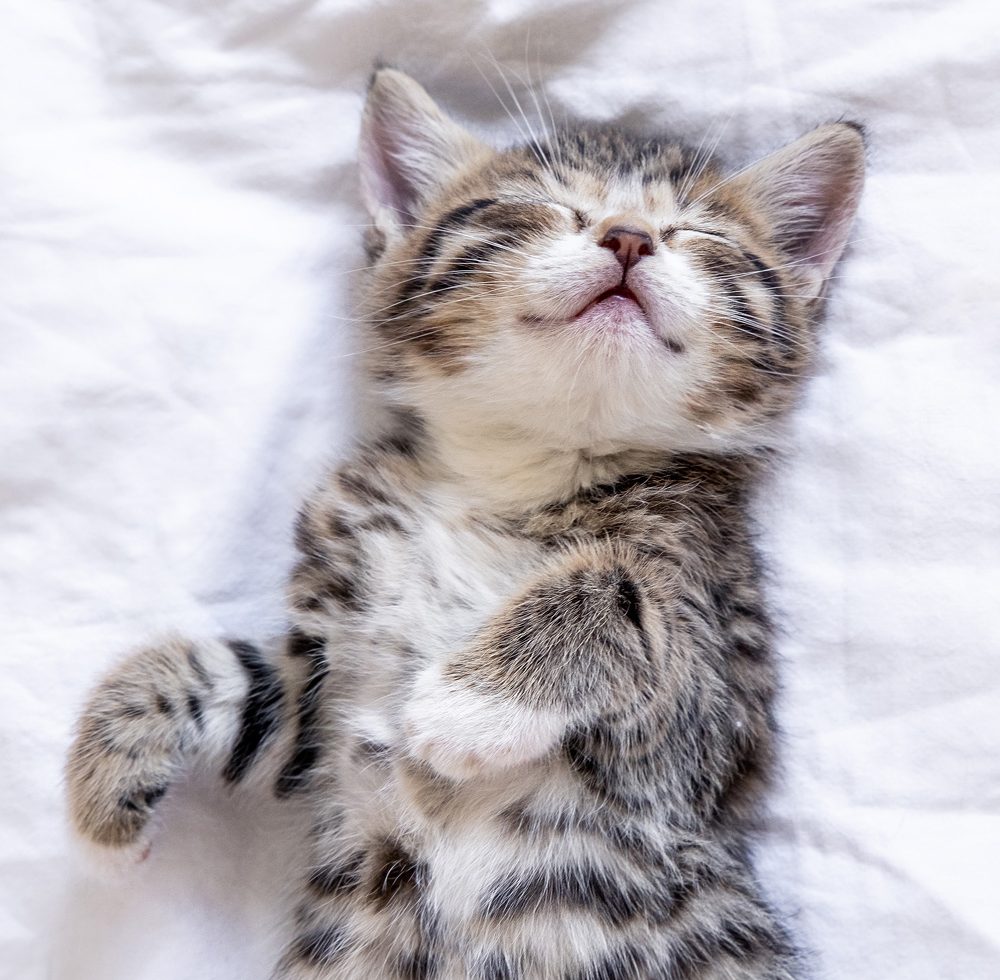
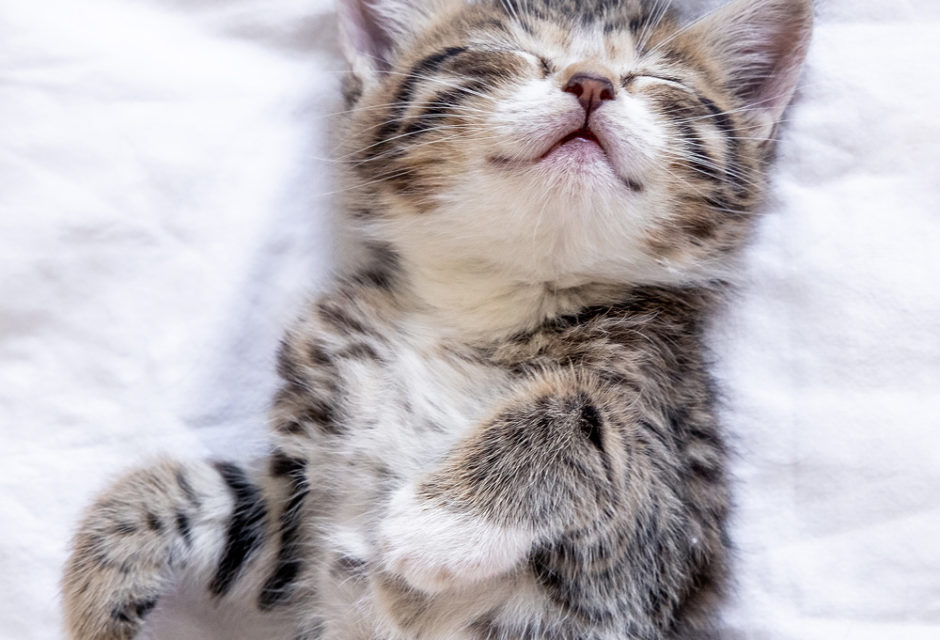
Do This For a Happy Cat
What every cats needs to thrive
When I graduated from veterinary school 20 years ago, I was taught that cats needed food, water, a litter box, and a yearly veterinary visit. This was all that was required to care for a cat; anything more was optional.
Since then, feline scientists have learned that the typical indoor environment of a human home does not have what cats need to perform their natural behaviours. We now see that indoor cats are actually living in captivity. To meet their behavioural needs, we need to add a few things to this outdated minimum cat care list.
This is in your best interests, too. When a cat’s behavioural needs are not met, they are in a chronic state of stress, and this has physical and behavioural consequences. Physically, chronic stress can lead to GI disease, lower urinary tract disease, a compromised immune system (which allows viruses and other infections to thrive), and more. Behaviourally, chronic stress can cause cats to become aggressive, destructive, food obsessed or even so depressed that they hide or sleep most of the time.
This Is What Each Cat Actually Needs To Thrive:
1. Each cat needs a place to climb, and a place to hide and rest in the areas of the house where they spend time.
2. Each cat needs a way to hunt for their food. Cats are solitary hunters that hunt, catch, and play with eight to 12 small meals day and night each 24 hours. Eating from a bowl, as well as sharing a feeding station with other cats is a source of stress for cats.
3. Cats need a bathroom situation that meets their needs. An adequate litter box is actually much bigger than what we typically provide. A litter box should be one and a half times the size of the cat from the tip of the nose to the tip of the tail. And it should be scooped at least once a day. Cats need to be able to get to, in, and out of the box safely and easily. And you need multiple litter boxes in separated locations in the house. Three cats? Four locations. One cat? Two locations. Nine cats? 10 locations. Yep. 10 locations.
4. Cats need predictable interaction that they like. Play twice a day, at the same time each day, for at least five minutes with each of your cats. Respect your cat’s need to be left alone. Lure them with toys or food, but don’t grab them when they are resting.
5. Be aware that a cat’s sense of smell is much stronger than yours. Scented cleaners, litter, fabric softeners, and air fresheners are overpowering and a real turn off to cats. Go scent free for a happy cat.
6. Respect the territorial nature of cats. In nature, adult cats will not accept a new cat into their territory. Cats that grow up together may choose to live together, but only when there is enough to hunt and enough safe places to climb, hide, and go to the bathroom. If you have multiple cats, you need to meet each cat’s needs. Be aware that adding new cats to an established household can cause stress and behaviour problems.
Now, you and I both know that minimum cat care is more than a dish of food, a bowl of water and a tiny litter box. And when you know better, you do better. Meeting your cat’s actual needs is not hard, and it will prevent physical illness and behaviour problems. Your cat will thank you.
Join the newsletter and never miss out on cat content again!
"*" indicates required fields
By clicking the arrow, you agree to our web Terms of Use and Privacy & Cookie Policy. Easy unsubscribe links are provided in every email.





